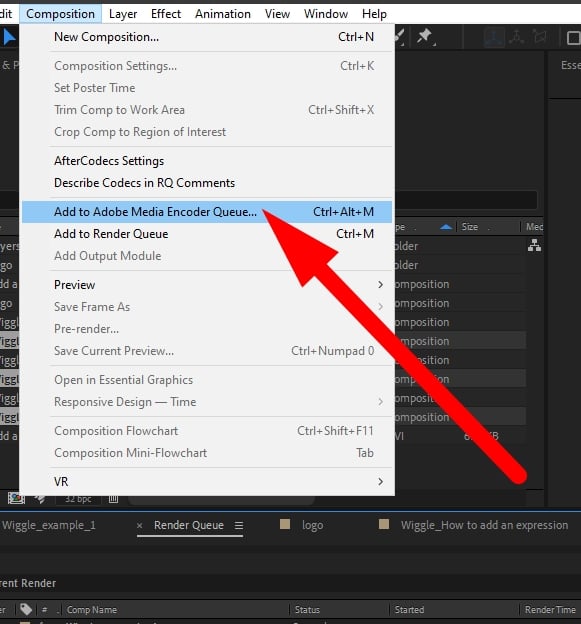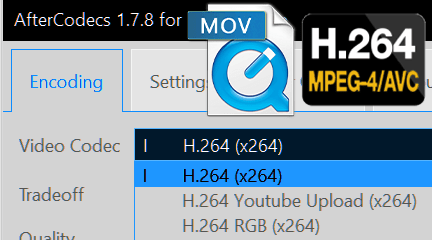
Note that this has a bearing on the file size as well as the quality of the final output. You can choose between different video or image formats. You first select the format of the output. You can specify the output format and compression options in the Output Module Settings dialog. Once After Effects has rendered your composition (using the settings from the Render Settings dialog), it will pack them into a final output file – or many files if you are exporting as an image sequence. I only like to double check that the Frame Rate settings match the frame rate of my composition and that I am exporting the desired time range. There are a number of other settings in there that I usually don’t change much. The Render Settings dialog has options for Quality (Best or Draft) and the resolution of the rendered composition. All of this happens before the video gets converted into a final video file – which we will get to in a moment. In the Render Settings dialog you define the quality with which After Effects will render out the contents of your composition. Here is a screenshot with only my ‘Carnage’ composition added.įor each item in the render queue, After Effects offers you 2 separate sections to configure your export: Render Settings and the Output Module. Once you add your composition to the render queue, After Effects will open and display the render queue and all currently active and completed items in it. I find this the simplest option and of course you can use the shortcut Ctrl+M to make it even easier. Personally, I always export my video using the Render Queue in Adobe After Effects and there is an option to add your video to the Render Queue in the main menu.Īlternatively, you can also simply select Composition –> Add to Render Queue to add the currently active composition into the render queue.

However, in this tutorial we won’t be covering the media encoder. I personally have never used the Adobe Media Encoder, but I have heard good things about it. If you try to export your project via the File –> Export menu, you will be given a number of options.

I am going to demonstrate the options you have with a simple composition that I used for my HitFilm 2 Muzzle Flash tutorial on my YouTube channel.
#ADOBE AFTER EFFECTS EXPORT MP4 HOW TO#
In the second part I will discuss how to export your video from After Effects and cover some common problems you may encounter. In the first part of VFX Vlog #9 I talked about how to choose the best tutorials to ensure you advance your After Effects skills.


 0 kommentar(er)
0 kommentar(er)
